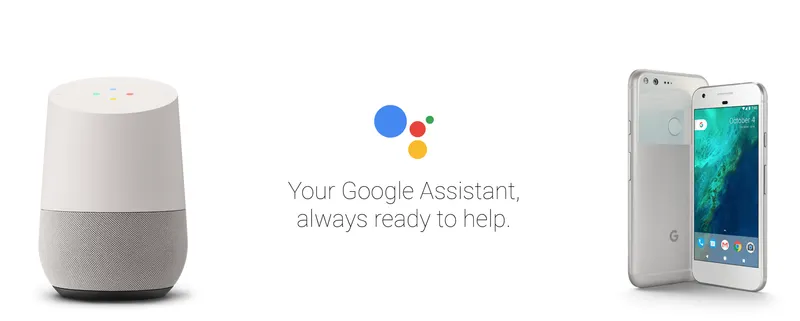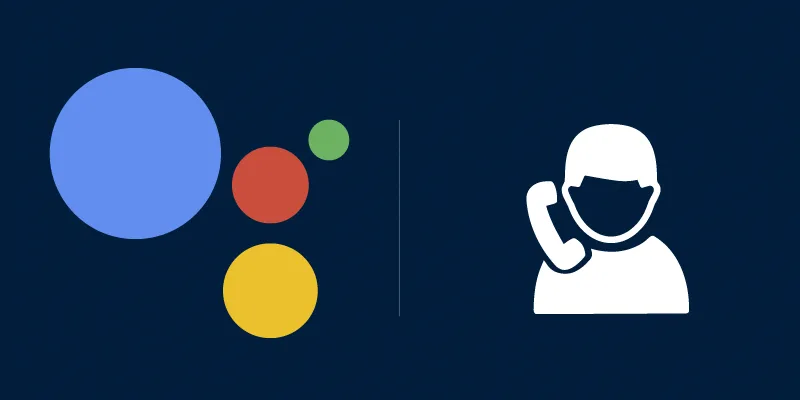Google Duplex points to the future of Assistant, and of Google itself
With the latest development promising leaps in AI use in daily lives and time-saving, let us take a look at other factors surrounding the adoption of virtual assistants.

At Google I/O 2018, the internet company just demoed Duplex, a powerful upgrade to the Google Assistant, which holds the potential to revolutionise both our personal productivity as well as the expectations we have of artificial intelligence (AI) in our lives.
In this demo, the bot not only makes an appointment at a salon but also has a complex interaction with someone at a restaurant and is able to showcase human-like dexterity. Google has highlighted that this technology has been in the works for several years now but it is only now that the interactions have reached a sufficient level of fluidity that they believe it’s ready for mass adoption. As Google supercharges and personalises our Assistants with more and more AI, here are a few things to ponder upon -
- How far behind is Siri now? The ball is in Apple’s court and it needs to prove that it can still compete with Google and Amazon on this front. Facebook and Microsoft seem to be largely irrelevant in this conversation and Cortana’s recent integration with Alexa sounds like public submission.
- As our virtual assistants become more adept at managing different aspects of our live I wonder what we will we choose to do with the time savings that result? I suspect the vast majority of us will invest it into binging on YouTube or Netflix.
- A large chunk of routine and procedural communication (say, with customer care executives at banks or telecom operators) is at risk of being automated. These conversations will no longer involve humans and instead be bot-to-bot based on our personal instructions. The security and privacy consequences of such interactions will have far-reaching consequences and Google must proactively develop and propose policies to safeguard its users.

- Google is seriously committed to indexing all the world’s information, and voice is just another frontier. Mixed Reality and the Internet of Things already allow the indexation of the visual and physical mediums. Biological and genetic systems will be the most likely next target as Alphabet companies are aggressively exploring opportunities in health, longevity and nutrition. What’s after that?
- Businesses will, in the near future, face a choice to route voice support either via Google or Amazon Web Services. At this point, Google seems to be winning with its comprehensive analytics and knowledge graph, which will produce a trove of insights for businesses to gain efficiencies. This is where Google’s next few billions will come from.
Virtual assistants will gain swift adoption in the next few years, and as we transition from our phones to our smart watches and eventually settle on mixed reality devices the medium of interaction will also shift from voice to vision and intent. These devices and smart assistants are already being piloted in professional environments to accelerate creativity and productivity. Such developments will lead an efficiency jump as pronounced as the last Industrial Revolution.
(Disclaimer: The views and opinions expressed in this article are those of the author and do not necessarily reflect the views of YourStory.)







